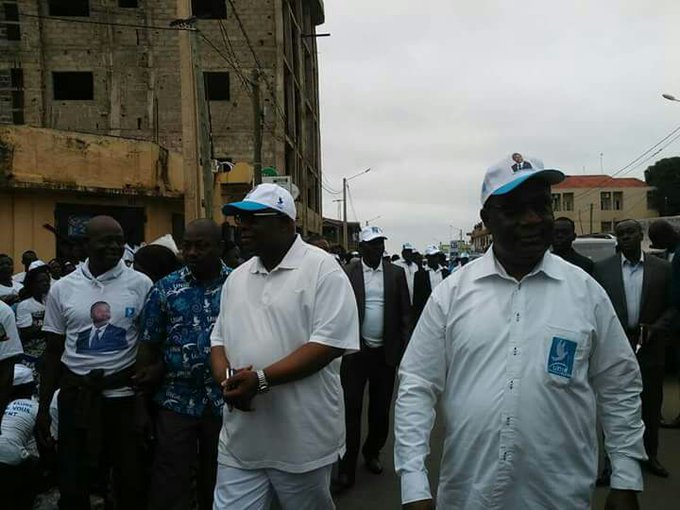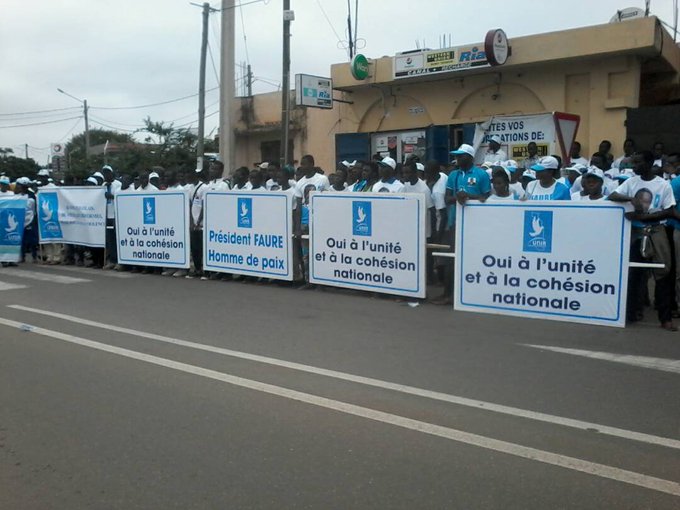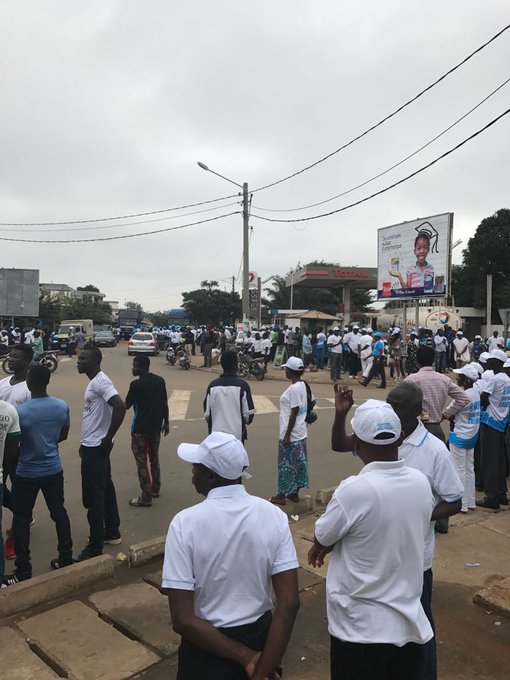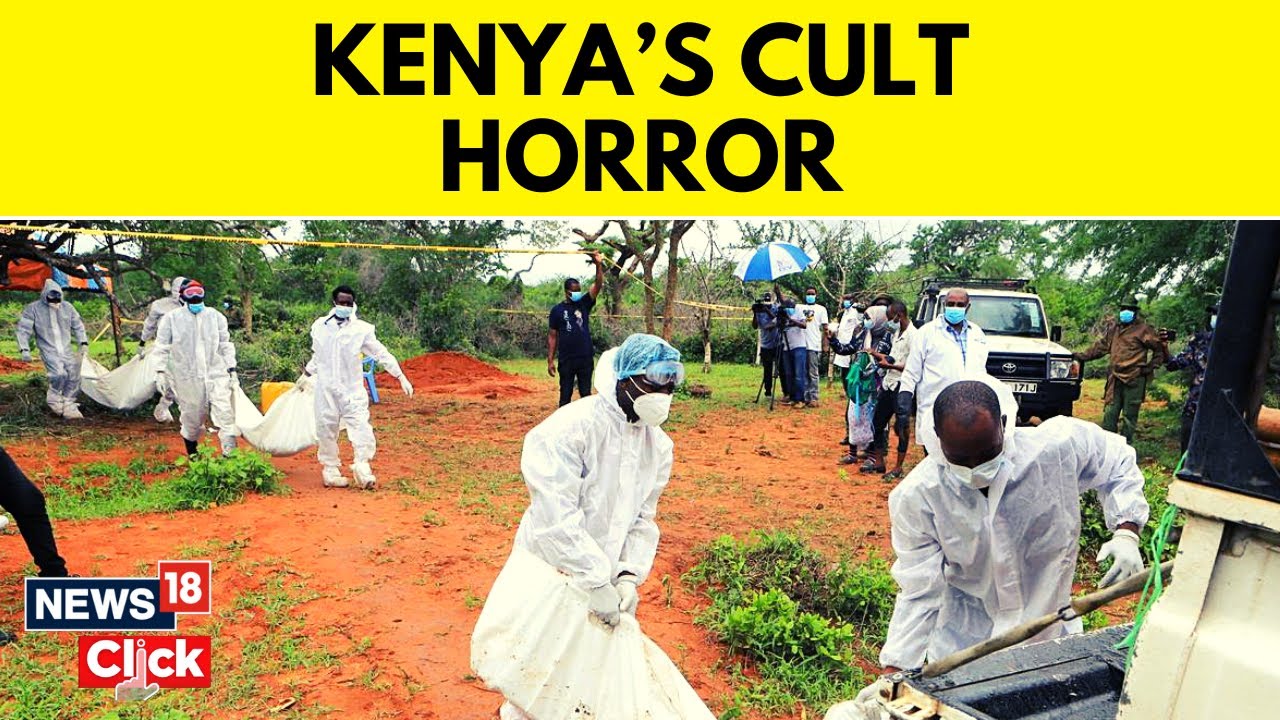Togo’s Prime minister, Selorm Klassou, on Tuesday led a pro-government protest held in the capital Lome. He was joined by other government functionaries as they paraded the streets.
The move is seen as a response to protests calling for an end to the Gnassingbe family dynasty that has been running Togo for the last five decades. Activists, however, noted that the protest was nothing compared to that of the oppositions’ in terms of numbers.
Participants wore T-shirts and caps bearing the photograph of the president. Other people lined the streets with inscriptions calling for a united Togo.
It comes on a day when opposition activists postponed planned demonstrations and demanded the release of protesters who were arrested during the August 19 and 20 bloody protest. The second march was planned for August 30 and 31 but was postponed on Monday to September 6 and 7.
At the heart of the protests are calls fo r the revision of the 1992 Constitution which was modified in 2002 allowing Faure Gnassingbe to run for an unlimited term.
They want the original two five-year term limit to be restored, a two-ballot system, reform of the Constitutional Court and the Electoral Commission. President Faure Gnassingbe has been in power since his father Gnassingbe Eyadema died after spending 38 years in office.
The 1992 constitution brought in a semblence of multi-party democracy after decades of dictatorship, and limited presidential terms to two, but ten years later lawmakers amended it to enable Eyadema to run for another term.
Then, when he died, the military sidestepped the constitution by installing his son as interim president, instead of the head of the national assembly, as was legally required. He later resigned before winning polls in 2005 and securing re-election twice in 2010 and 2015.
The protests that followed Faure Gnassingbe’s first election victory in 2005 triggered a violent security crackdown in which around 500 people were killed.











